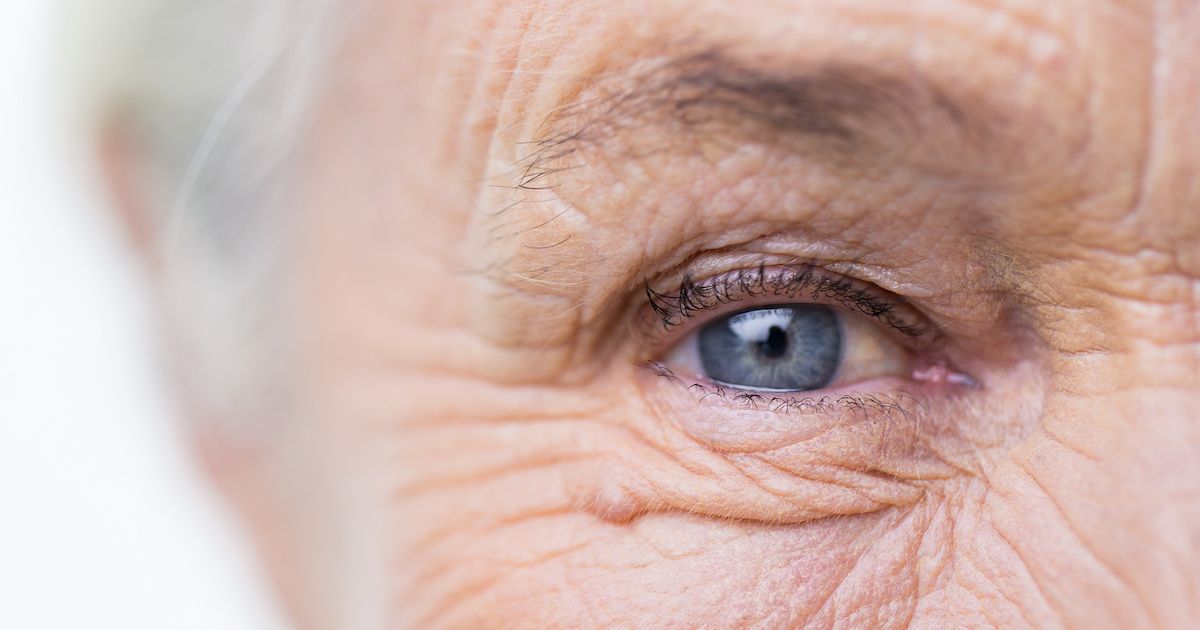- Bone Health
- Immunology
- Hematology
- Respiratory
- Dermatology
- Diabetes
- Gastroenterology
- Neurology
- Oncology
- Ophthalmology
- Rare Disease
- Rheumatology
Study Confirms CT-P42 Therapeutic Equivalence to Reference Aflibercept in DME
The phase 3 trial showed biosimilar CT-P42 (Celltrion) is therapeutically equivalent to reference aflibercept in improving visual acuity in patients with diabetic macular edema (DME), with comparable efficacy, safety, pharmacokinetics, and immunogenicity at 24 weeks, with more long-term data expected.
Biosimilar CT-P42 (Celltrion) demonstrated therapeutic equivalence to reference aflibercept (Eylea; Regeneron) in improving best-corrected visual acuity (BCVA) in adults with diabetic macular edema (DME), showing comparable efficacy, safety, pharmacokinetics (PKs), and immunogenicity profiles, according to a phase 3 clinical trial.1
Diabetic macular edema (DME), impacts approximately 750,000 Americans with diabetes. CT-P42, an aflibercapt biosimilar approved in the Republic of Korea and under review for this indication among other retinal conditions in Europe and the US. | Syda Productions - stock.adobe.com

The randomized, active-controlled, double-masked study, published in Ophthalmology Retina, evaluated the efficacy and equivalence of the biosimilar CT-P42 to aflibercept, with promising interim results at 24 weeks and further data expected at 52 weeks.
DME, a major cause of vision loss in diabetes, results from retinal vascular damage and vascular endothelial growth factor (VEGF) overexpression, which aflibercept (Eylea) addresses as a high-affinity VEGF inhibitor approved for DME treatment. CT-P42 has received approval from the Ministry of Food and Drug Safety in South Korea and is currently under review by the European Medicines Agency and the FDA.
Currently, there are 5 aflibercept biosimilars approved in the US, all of which are awaiting the results of legal disputes to determine when they will be able to enter the market.2,3
According to Regeneron, DME affects approximately 750,000 Americans with diabetes.4 The disease can develop at any stage of diabetic retinopathy, with symptoms such as blurred vision and floaters, and is diagnosed through comprehensive eye exams and imaging tests, while risk factors include longer diabetes duration, severe diabetic retinopathy, and poor blood sugar control.
The study was conducted across 83 centers in 13 countries. It included 3 periods: screening, a main study period (52 weeks), and an open-label extension (4 weeks). A total of 348 patients with DME were randomized (1:1) to receive either CT-P42 or reference aflibercept via intravitreal (IVT) injections (CT-P42, n = 173; reference aflibercept, n = 175), with 335 (96.3%) completing the study through week 24. The dosing regimen consisted of 5 initial doses every 4 weeks, followed by 4 doses every 8 weeks.
Patient demographics were well-balanced between groups, with a median age of 63 years and most participants being White (64.4%) or Asian (35.6%). The majority (58.3%) were male, and nearly all had type 2 diabetes mellitus (93.1%). Baseline characteristics, including BCVA scores and central subfield thickness (CST), were comparable between groups.
The primary end point was the change in BCVA from baseline at week 8. Secondary end points included additional BCVA measures, retinal thickness, and diabetic retinopathy severity. Safety assessments included adverse events (AEs), with special focus on IVT-related AEs and immunogenicity. PK evaluations were performed in a subset of patients.
Therapeutic equivalence was demonstrated for the primary end point, with the change from baseline in BCVA at week 8 showing an estimated treatment difference of 0.58 letters (95% CI, −0.73 to 1.88) for the full analysis set. Results were consistent in sensitivity and per-protocol analyses. Both treatment groups exhibited comparable improvements in BCVA through week 24, stabilizing after week 16. Secondary end points—including proportions of patients with 5 to 9, 10 to 14, or 15 or more letter gains and at least 2-step score improvements on the Early Treatment Diabetic Retinopathy Study Diabetic Retinopathy Severity Scale—were similar between groups. Mean central subfield thickness (CST) reduction was slightly greater in the CT-P42 group, but overall CST values were comparable at all post-treatment visits.
The PK analyses, conducted for 23 patients, showed similar maximum drug concentration and time to peak drug reaction between groups, with no notable plasma accumulation. Usability assessments confirmed successful administration of all injections at week 0 without errors in both groups.
Safety profiles were comparable, with 50.3% of CT-P42 and 53.7% of reference aflibercept patients experiencing treatment-emergent adverse events (TEAEs), most of which were grade 1 or 2 in intensity. The proportion of ocular TEAEs was slightly lower in the CT-P42 group. These findings support the therapeutic equivalence, similar safety profiles, and usability of CT-P42 compared to reference aflibercept.
Limitations of the trial included a small PK analysis group, limited racial diversity among participants, and data availability only up to week 24. “Future studies should look to gather evidence to further investigate the long-term efficacy and safety of CT-P42 in routine clinical practice after marketing approval,” the authors concluded.
References
1. Wolf S. Stanga P-E, Veselovsky M. Biosimilar candidate CT-P42 in diabetic macular edema: 24-week results from a randomized, active-controlled, phase III study. Ophthal Retina. 2024;8(12):1163-1173. doi:10.1016/j.oret.2024.06.013
2. Biosimilar approvals. The Center for Biosimilars®. Updated December 16, 2024. Accessed. January 3, 2025. https://www.centerforbiosimilars.com/biosimilar-approvals
3. Jeremias S. Eye on Pharma: aflibercept legal drama; PBM, Humira biosimilars; denosumab regulatory review. The Center for Biosimilars. October 15, 2024. Accessed January 3, 2025. https://www.centerforbiosimilars.com/view/eye-on-pharma-aflibercept-legal-drama-pbm-humira-biosimilars-denosumab-regulatory-review
4. Diabetic macular edema (DME) fact sheet. Genentech. Accessed January 6, 2025. https://www.gene.com/patients/disease-education/diabetic-macular-edema
Newsletter
Where clinical, regulatory, and economic perspectives converge—sign up for Center for Biosimilars® emails to get expert insights on emerging treatment paradigms, biosimilar policy, and real-world outcomes that shape patient care.
